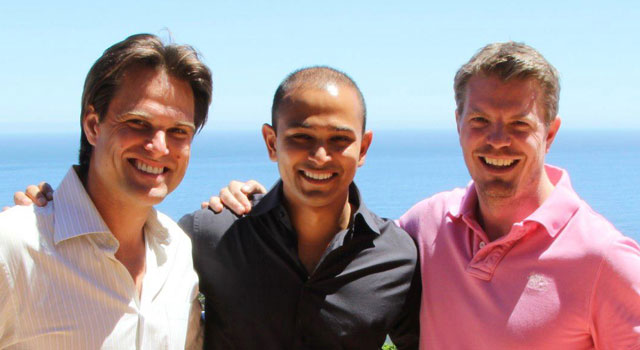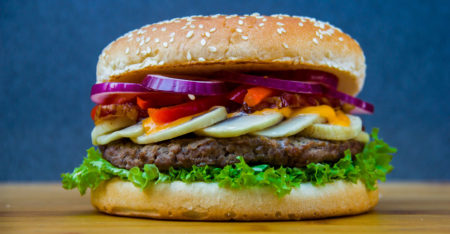
OrderIn, launched in Cape Town last week, is a start-up that allows consumers to find restaurants in their vicinity, arrange for delivery or collection, and place orders — all from the company’s website or mobi site. It hopes to change the way South Africans order food.
“When a customer comes online, the first thing they need to do is type in their city or their town, or their specific address,” says OrderIn founder Dinesh Patel (31). “We then run queries to see which restaurants will serve their location and they then choose whether they want takeout or delivery.”
Eventually, they’ll be able to filter results by price, reviews, distance and the type of cuisine they’re after.
Each restaurant OrderIn serves is supplied with a printer connected wirelessly to OrderIn’s server using a mobile data connection. This alerts staff when there’s an order pending and prints it out, much like a credit card machine. Staff can then enter the expected time of collection or delivery into the printer and an order confirmation is returned to the customer via e-mail.
Patel says the company has secured the support of some 650 restaurants, some of them part of large chains like Scooters, Primi Piatti, Simply Asia and Pizza Perfect, but has opted to launch in Cape Town’s central business district with 30 restaurants to ensure kinks are worked out before expanding nationally in coming months.
“I spent 10 years in the US engaging with the likes of [online retailer] Zappos.com, and I’ve become a disciple of their brand of customer service. But we don’t want to bite off more than we can chew at first.”
Patel’s decade in the US started when he won a scholarship to play college golf at Florida State University. While there, he studied finance and accounting before working for Deloitte, Goldman Sachs and others.
While at Goldman, he met SeamlessWeb founder Jason Finger. Finger had solved the problem of companies paying for their employees’ meals while working late. Previously, they’d have to order food, pay for it, keep the receipt, and get reimbursed after 60 days.
“SeamlessWeb began by putting restaurants’ details on the company intranet, creating rules around times and meals and allowances based on job level, and made it possible to pay with the company credit card,” Patel explains.
When Patel returned to South Africa last June, he asked Finger about bringing the concept here. “He asked me to do some due diligence and eventually agreed to provide seed funding for the business, which made raising additional funds easier.”
Patel also put money in and raised cash from “some executives at Naspers”. The company is now busy with its second round of funding.
OrderIn makes its money by charging 8% per order. “Everyone pays the same fee, whether they’re an independent or a big chain,” Patel says. “We insist that our restaurants charge the same price on our website as they do in store because we don’t want our customers to be prejudiced for using our platform. Our service is entirely free for customers.”
Restaurants lease the printer unit for R169/month. Patel says OrderIn doesn’t make any money off the devices and that the fee is to cover maintenance and data charges. “We only get paid when we deliver a successful sale,” Patel says. “When an order comes through, it’s already paid for, so the maximum exposure for a restaurant is that R169/month.”
For now, customers can only pay for orders by means of credit card. However, OrderIn plans to offer cash on delivery in months to come.
Mobile applications are also on the cards. “We take mobile so seriously that we built OrderIn’s mobi site first,” Patel says. It plans to release mobile apps for the iPad and iPhone as well as Android devices before the end of the year. A BlackBerry version is also being considered.
“Some people think we’re competing with other delivery services, but we aren’t a logistics company. We introduce new customers to our restaurants through marketing and increase existing customers’ frequency by making it simple to order food. Plus, we think restaurants themselves are best placed to handle deliveries.”
Patel’s not the first to adapt an existing international model for the South African market, and certainly won’t be the last. “You don’t have to reinvent the wheel,” he says. “You can repurpose models from elsewhere and customise them for South Africa, but the market isn’t as big, so you have to make sure the economics make sense.” — (c) 2013 NewsCentral Media



